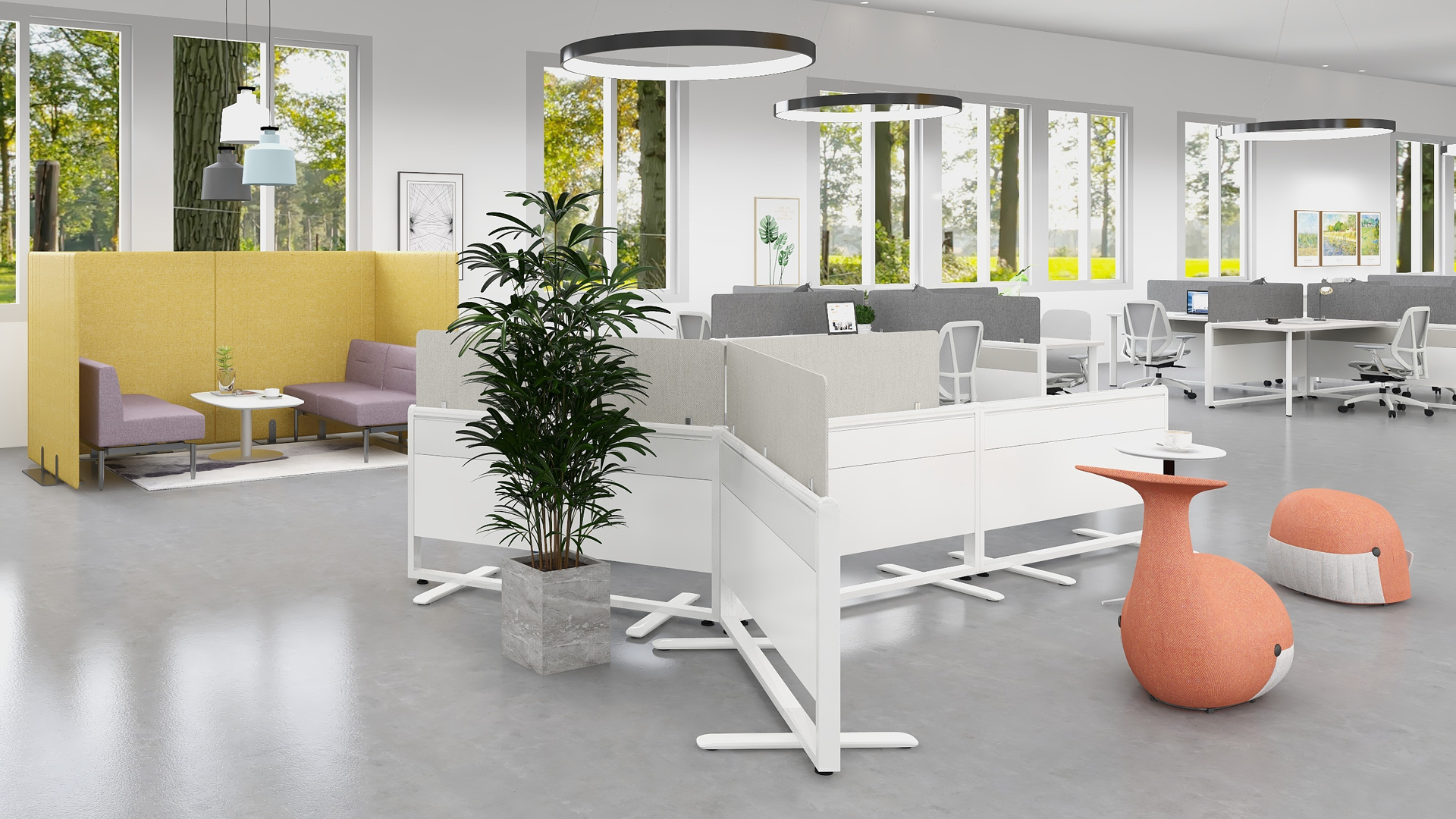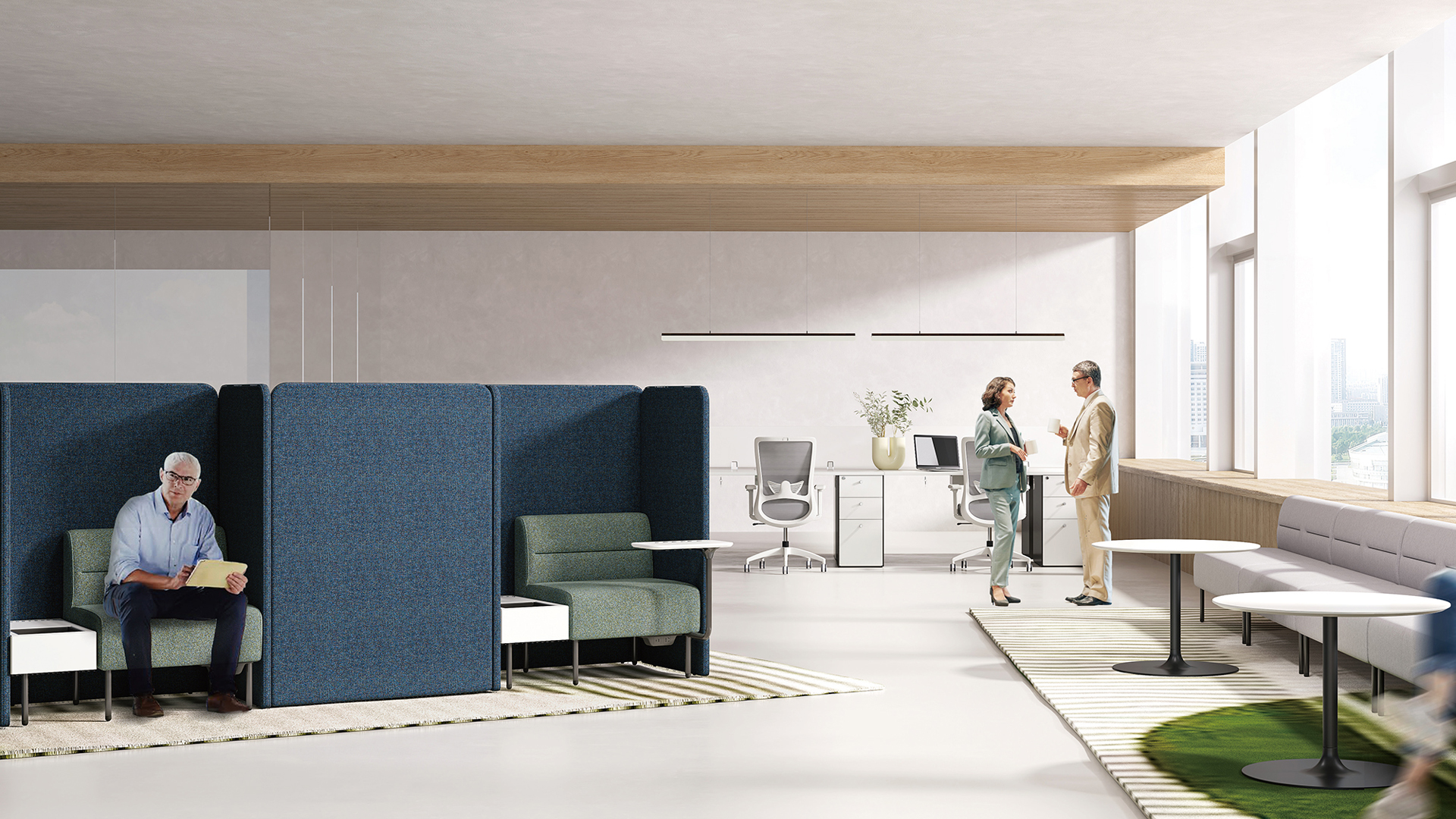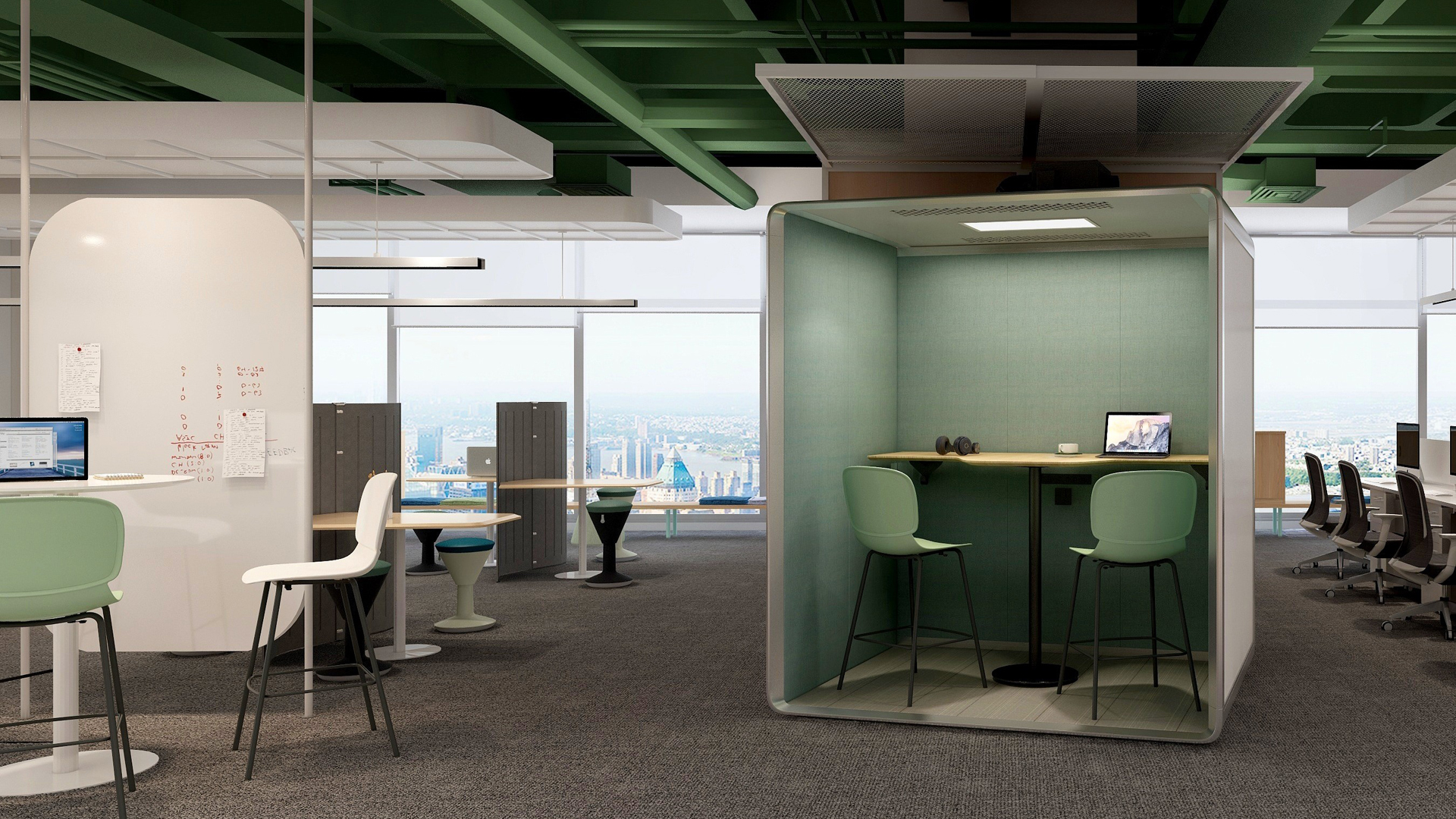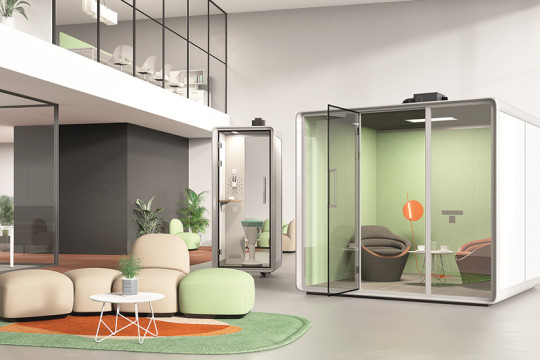Sound Office Acoustics: Boosting Employee Wellbeing
Employee well-being is more crucial than ever as the world transforms and adjusts to the new normal. The popular open-plan office was once hailed as the solution to boosting cooperation and productivity. Still, one of the drawbacks of open space workplaces is the absence of noise management, which can have a negative impact on employees' health and well-being. Studies reveal that without acoustic treatment, office spaces may quickly turn into noisy, stressful settings, as acoustic health is frequently disregarded.
Many employees' stress levels rise in noisy environments. With noise levels cited as the single largest complaint among office workers today, it is challenging to complete jobs that need high levels of focus in such environments. It is clear that these problems affect the productivity and happiness of the workers. As a result, many workers either leave their jobs or experience burnout.
How can acoustical solutions enhance and contribute to workplace well-being?

Benefits of Acoustical Solutions
Work is interrupted by distractions, which can raise mistake rates and increase stress. The acoustics of the workplace may be improved to lessen distractions and increase productivity. Here are a few benefits of sound office acoustics:
· Acoustical solutions provide a sense of seclusion, giving employees a place to conduct private meetings or make personal calls. Acoustic seclusion gives employees a sense of control over their day, which improves job performance and morale.
· Long-term exposure to noise can cause a variety of symptoms, including fatigue, stress, and elevated blood pressure. Additionally, it hinders our productivity while increasing our stress even more. Customers and staff alike will enjoy the atmosphere more if noise levels are reduced via the use of adequate acoustics.
· Hybrid and digital collaboration is the future of work. A necessary strategy to ensure seamless cooperation is to create acoustically equipped meeting spaces or "Zoom" rooms that allow seamless video conferencing.
· Office noise limits employees' memory recall and fundamental reasoning skills. Only a calm setting can provide you with the kind of solitude needed for serious, in-depth chats and focused work. Acoustic control is a cost that pays for itself through increased staff productivity and wellness.

The ABCs of Acoustics
How do you manage the noise in your offices? The ABCs, often known as the three primary techniques, can be used to solve acoustical issues in a particular environment. The sound can be absorbed, blocked, and covered.
Absorb
The process by which a surface material disperses sound waves is referred to as sound absorption. Without any materials for absorption in the office, the sound will resonate more strongly and may even produce an obtrusive echo.
By absorbing the sound, sound-absorbing materials like carpet, acoustic ceiling tiles, or fabric-covered panels lessen the reverberation. This material may be utilized for textiles, furniture, accessories, workstation components, flooring, and wall panels. Disruptive noise may even be absorbed by plants.
Block
The spreading of sounds from one location to another is stopped by sound blocking. In an open office, noise management and voice privacy can be improved by blocking sound in specific areas and isolating noisy activities from quieter ones.
Walls and partitions all function as blocking devices with varying degrees of effectiveness. Consider how much quieter concrete wall blocks are than stud walls. Reducing short circuits between two places, such as HVAC ducts, back-to-back outlets, or pipes that run through space, is usually how sound is blocked.

Cover
Additionally, sound can be covered by masking with another sound. The goal is often to create a layer of sound that makes it harder for us to hear individual speech or noise fragments. Covering is the process of "producing an organic sound that people are used to hearing," such as noises from nature. The ideal sound-emitting system will produce noises that are mid-range in frequency and imitate the sound of water or air flowing.
The Bigger Picture
Acoustic challenges in open offices are varied, and so are the solutions. There isn't a one size fits all method. Your productivity and wellness goals are simpler to achieve in workspaces with good acoustics. Your staff will be more relaxed, focused, and motivated to meet the set goals in a collaborative setting with a good acoustic balance.


